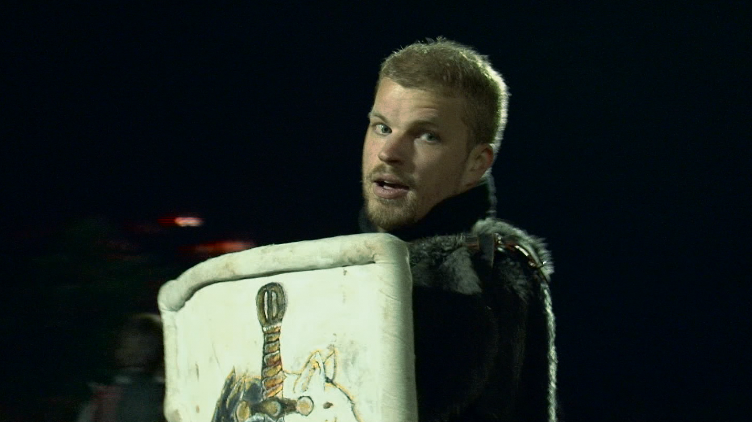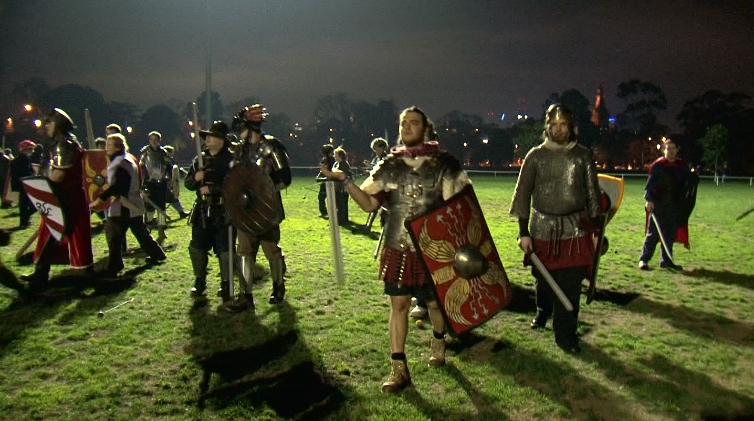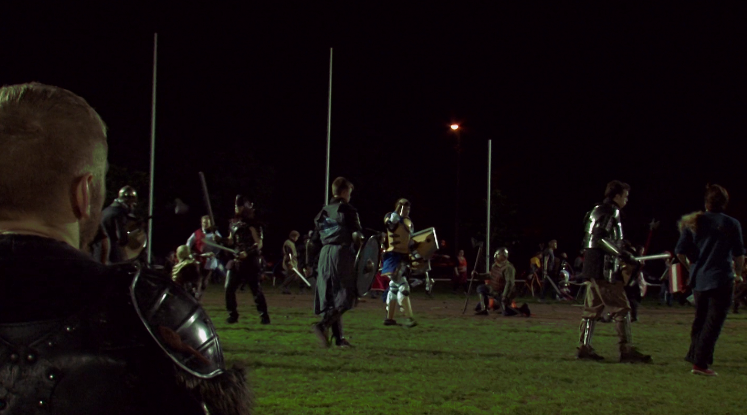WEEK 6.
My initial role within the documentary group was a part of the poster development team. The first couple of meetings we had we started to brainstorm ideas, and then using Facebook we continuously kept in touch with what we were doing. Myself and the other members of the poster team, Axel and Ajeet, decided that we would all create a version of the poster and show the group the next week.
The poster that I came up with was –
I knew we were going to use more appropriate text for the title so I just used a font that I liked at the time.
During this week as well I asked Richard Lowenstein if he could talk at our seminar. I intern at his production company so I see him every week and could keep communication with him easily. This proved to be a bit of a detriment to Tom who was in liaison with the other quests, as even though Tom would email Richard, he would respond to me or not at all. Meaning that I had to relay information to Tom and ensure that he was in fact coming.
Week 7.
After the presenting of our posters to each other I was really happy with any of the designs. My personal preference was a more cartoony version, which would allow for consistency and non breaking of copyright laws. Ajeet did a quick little sketch of a cartoon and I absolutely loved it and encouraged him to draw the poster if he could. It turned out to be a good idea as I think the final poster looked really good.
Week 8.
I corresponded with Ajeet on the poster design and the design of the quests bio posters that we were to hang up on the day. Honestly, Ajeet did all the physical drawing and illustrating but I helped him a little with the design and ideas.
On the actual day of the seminar, I helped set up in the mad rush as did everyone else. Getting equipment from the techs and keeping in contact with Richard to ensure he knew where he was going.










